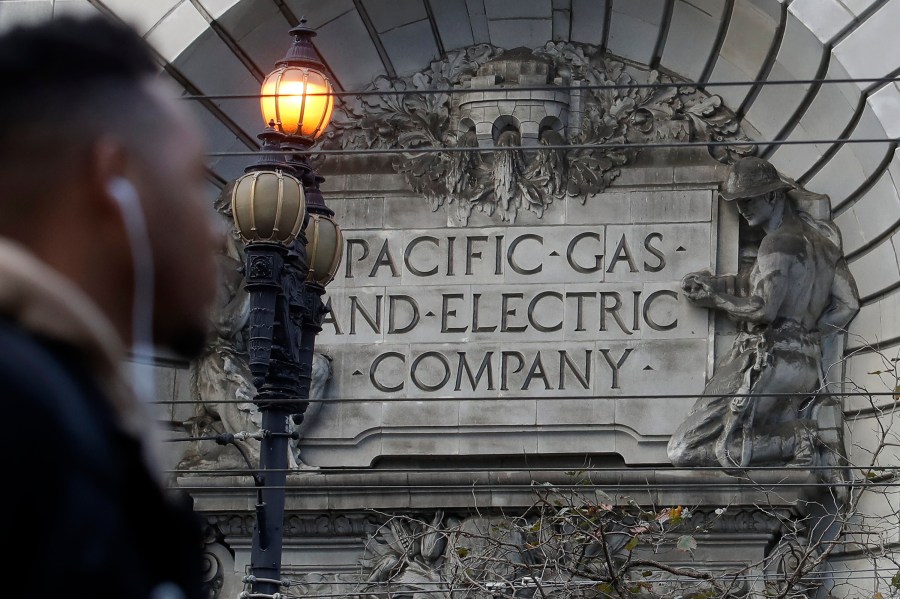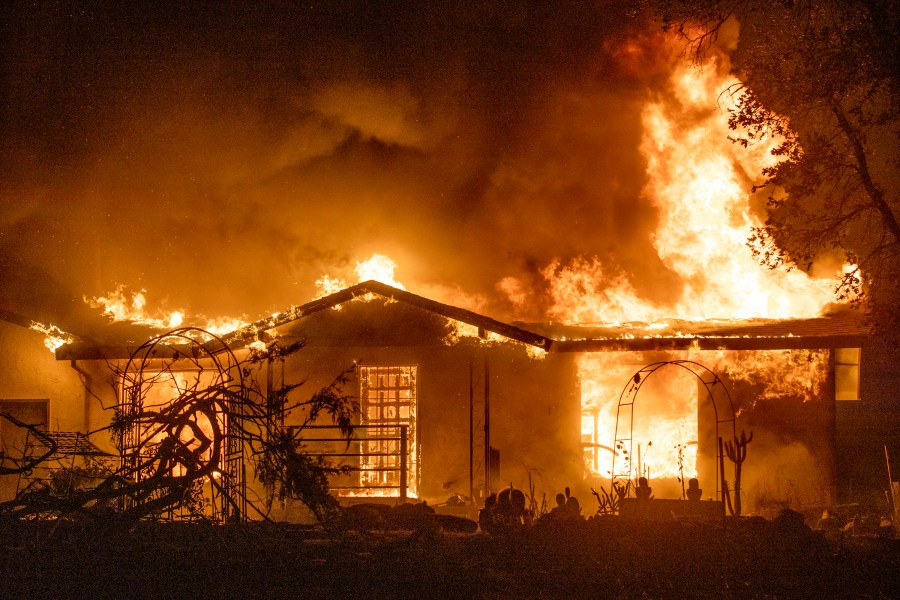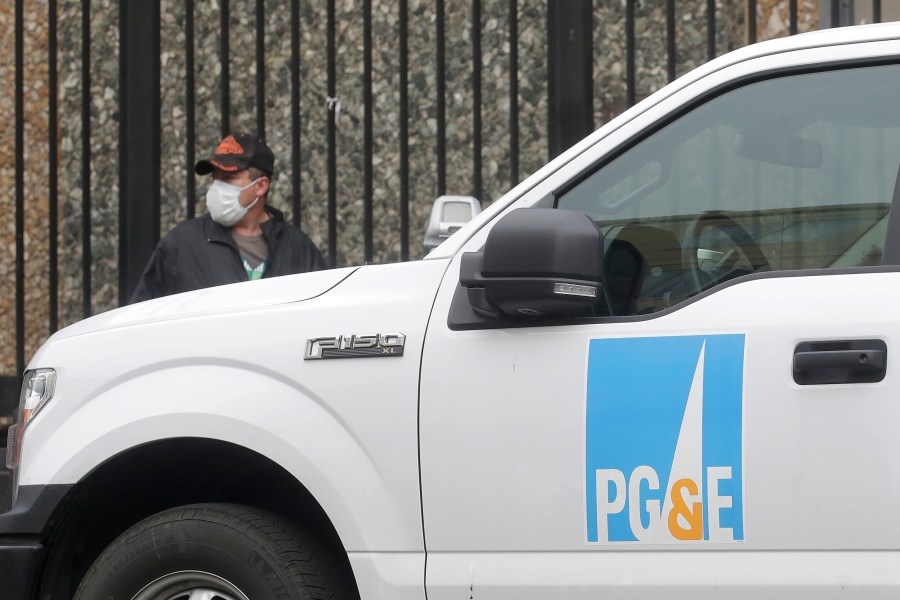SAN RAMON, Calif. (AP) — California regulators are stepping up their oversight of Pacific Gas & Electric after finding that the nation’s largest utility has neglected the maintenance of an electrical grid that has ignited a series of deadly wildfires in Northern California and forced periodic blackouts affecting millions of people.
The reprimand delivered Thursday in an unanimous vote of California’s Public Utilities Commission served as official notice to PG&E that it hasn’t been doing enough to reduce the risks from a combination of crumbling equipment and overgrown trees susceptible to toppling into nearby power lines.
It marks the first step in a process that could eventually lead to regulators revoking PG&E’s utility license as part of a deal worked out last year while the company was in bankruptcy. That act of financial desperation was triggered by PG&E’s role in a series of 2017 and 2018 wildfires that killed more than 100 people and destroyed more than 27,000 buildings.
The rebuke has raised concerns among a chorus of PG&E critics that regulators should be doing even more to ensure the utility is more vigilant in protecting the 16 million people in its sprawling service area ahead of what is expected to an especially hazardous wildfire season this summer and fall.
The regulators’ action came after an audit found the utility last year primarily focused on trimming trees around power lines less likely to cause fires instead of the highest-risk sections that were supposed to get the most attention.
In a statement, PG&E said it has already made improvements to its tree-trimming program and will continue as part of its wildfire prevention efforts this summer.
“It is in all of our best interests to work together to improve our safety performance for the benefit of our customers and the communities we are privileged to serve,” the utility said.
PG&E must now file a report with the Public Utilities Commission’s executive director, Rachel Peterson, detailing what corrective steps will be taken by May 5, with progress reports scheduled in August, November and February. If PG&E doesn’t change its ways, regulators could go through as many as five more steps, including appointing an independent monitor, before revoking the utility’s license.
Peterson acknowledged that PG&E’s conduct has raised red flags but said there isn’t enough evidence yet to go beyond the measures approved Thursday. The action “does hold PG&E responsible and accountable,” Peterson said at the meeting.
Clifford Rechtschaffen, one of the five commissioners who voted in favor of the crackdown, characterized the move as a warning shot that the utility best heed.
“We have never had a process like this for any other utility,” he said. “It is a process warranted, given PG&E’s conduct.”
Before the vote, a procession of speakers ripped PG&E for persisting in neglectful behavior that has put lives at risk and driving up electricity rates to help pay for its reckless conduct. Many of the comments also blasted regulators for lax oversight and urged they immediately rescind PG&E’s “license to burn,” as some bitterly described it.
Some critics were particularly incensed that the commission backtracked from a planned vote on whether PG&E merited a certification for its wildlife safety measures last year. Regulators concluded that state law didn’t require them to vote on PG&E’s wildlife safety certification, even though they believe the utility mismanaged its tree-trimming program last year.
Critics worry PG&E is more interested in lip service than safety.
In a separate proceeding, a watchdog agency for the Public Utilities Commission is recommending that regulators reject PG&E’s plan for preventing wildfires this year. The Public Advocates Office also cites the utility for trimming trees and replacing equipment in the lowest-risk areas of its grid instead of the most dangerous parts.
In a report, it blasted PG&E for “systematic weak management” that’s unnecessarily endangering people and a plan that could result in a 20-year wait before its electrical grid is fully updated — about a decade longer than the company has estimated.
In its reply, PG&E described the critique as a narrowly focused analysis that ignores “the substantial progress, work on wildfire mitigation initiatives, and successes that occurred in 2020.”
The utility highlighted a wide range of improvements and upgrades it made last year to reduce wildfire risks, as well as the scope of deliberate blackouts during hazardous weather conditions.
During its 17-month bankruptcy, PG&E negotiated $25.5 billion in settlements to cover some of the losses caused by its past neglect and promised to spend about $40 billion in the next decade to reduce the chances of its equipment causing more wildfires.
But the utility continues to be haunted by its past, as well as questions about its ability to navigate the road ahead.
A federal judge overseeing PG&E’s criminal probation for a 2010 explosion in its natural gas lines that killed eight people has repeatedly ripped the company’s management for its slipshod maintenance practices and is considering an order that could force the utility to deliberately turn off power more frequently to reduce wildfire risks.
Prosecutors in Sonoma County last week filed criminal charges against PG&E for a huge 2019 fire blamed on its equipment, accusing the utility of inadvertently injuring six firefighters and endangering public health with smoke and ash.





